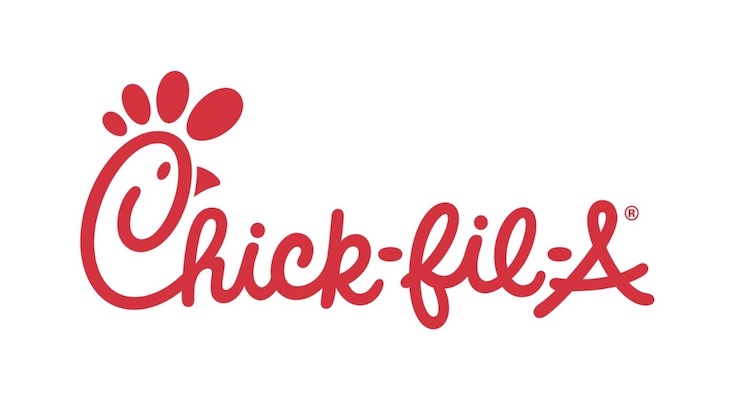
Fast-food restaurants have changed the way people around the world dine. The first fast food restaurant in the United States was White Castle, which began selling hamburgers for $0.05 in 1921 in Wichita, KS. By 1961, Roy Kroc had bought out the McDonald brothers and established the McDonald’s Corporation, which would go on to become the largest fast-food chain in the United States. When fast food chains began operating drive-thru windows, it once again revolutionized the restaurant industry.
In 1961, with 15 years of experience already in the fast food industry, Samuel Truett Cathy set out to revolutionize the market again. He had discovered a pressure fryer that could cook a chicken sandwich just as quickly as it took to cook a hamburger. Since the majority of fast-food restaurants at the time were hamburger joints, Mr. Cathy saw an opportunity to corner a niche in the market by selling fast-food chicken sandwiches. Mr. Cathy registered the name Chick-fil-A and introduced to the world a new fad in fast food dining. Headquartered in Atlanta, GA, Chick-fil-A now operates 3,164 locations throughout the United States, including Puerto Rico, Canada, Singapore, and the United Kingdom.
Chick-fil-A has become famous for providing diners with an alternative to the mass of fast food burgers and a unique approach to customer service. However, they have also become famous for having the slowest fast food drive-thru times compared to the average fast food restaurant. Using the Chick-fil-A drive-thru can take a customer, on average, 5.5 minutes. These prolonged times lead to long lines of cars filling up parking lots, extending out into streets, and blocking traffic. There have even been incidents when a Chick-fil-A drive-thru blocked traffic for emergency vehicles to pass.
This is why Chick-fil-A is turning to advanced drone technology to once again revolutionize the fast food industry. After recognizing that changes were needed, Chick-fil-A tasked Will McFaddin with discovering methods to improve restaurant flow. Mr. McFaddin said he was inspired one day after watching football. He saw the quarterback come off the field to review the game tape, which would allow him to make a better plan for winning the game. “We can break down drive-thru game film just like they break down football game film,” Mr. McFaddin said.
To do this, Mr. McFaddin realized that data needed to be collected to provide detailed insight into a restaurant’s drive-thru congestion. He trialed the idea by using a drone at a Sacramento, CA, Chick-fil-A in 2017. At the same time, he had cameras set up inside the restaurant to gather data as well. He took the data collected from the drone and interior cameras and brought it to his alma mater, the University of North Carolina-Chapel Hill basketball operations office. There, software was used to compare the two sets of data, breaking them down into a restaurant gameplay video.
The data proved to shave time off drive-thru operations, leading Chick-fil-A to establish a department dedicated to studying drone-enabled film data. Recently, Mr. McFaddin traveled to Rockford, IL, to meet with a Chick-fil-A operator, Philip Everett. A Part 107 licensed drone operator used a drone to collect footage during peak drive-thru hours. This footage was studied alongside footage from inside the restaurant, and Mr. Everett was presented with a detailed game view of his restaurant’s operations.
This drone report enabled Mr. Everett to make several changes to his Chick-fil-A location, such as redistributing employee tasks and installing a side door. If drive-thru traffic begins to build up, an employee can direct the customer to a parked waiting spot after taking their order. Once the order is ready, an employee can quickly exit through the side door to carry orders out to the customer. Mr. Everett reported that the data collected by the drone enabled him to see a 50% improvement in drive-thru operations.
However, Chick-fil-A drive-thrus still takes longer than their fast food competitors. But this isn’t deterring the company’s new CEO, the founder’s grandson, Andrew Cathy. Programs like Mr. McFaddin’s drone unit will continue to play a role in the development of Chick-fil-A locations. The company is now using this data to make changes that include more drive-thru lanes, larger building sites, and innovative restaurant designs to promote more efficient workflow. As technology continues to shape the way we experience fast food, Chick-fil-A’s innovative use of drone data highlights the company’s commitment to improving customer service and operational efficiency. While challenges remain, the company’s forward-thinking approach is paving the way for a new era in fast food—one where customer satisfaction and streamlined service go hand in hand.
|